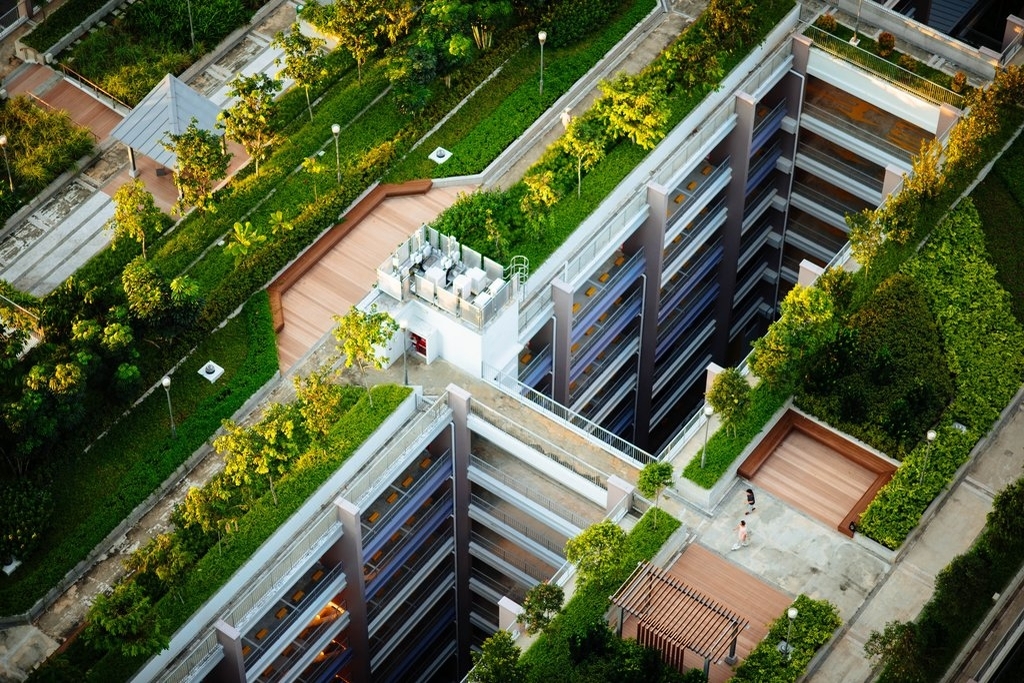How City Blooming can Save You Time, Stress, and Money.
Table of ContentsCity Blooming for BeginnersThe Buzz on City BloomingCity Blooming - TruthsSome Known Questions About City Blooming.Facts About City Blooming Uncovered
Intrigued in expanding food for sale in the City of Chicago? Below is a checklist of frequently asked concerns regarding the guidelines and laws that farmers ought to take into consideration when preparing an urban agriculture job.
The zoning modification does not customize any other codes dealing with composting, structure authorizations, purchasing or renting City had building, company licenses or ecological contamination. There are existing codes that manage these issues and they stay completely effect and may apply to your job. Neighborhood gardens are usually possessed or handled by public entities, civic organizations or community-based companies and preserved by volunteers.
Urban farms expand food that is intended to be offered, either on a not-for-profit or for-profit basis. Due to their business objective, city ranches require a service permit. Yes. A community yard is enabled to sell surplus produce that was grown on site if the sales are accessory or subservient to the yard's key purpose described above.
The Main Principles Of City Blooming
Composting is allowed yet just for plant material that is produced and made use of on site. The amount of compost material can not go beyond 25 cubic yards at any kind of given time according to the requirements in 7-28-715 of the City's Municipal Code. Yes. Because the soil at most brand-new yard websites requires modifying, garden compost, soil, wood chips, or other products can be gotten to build or improve the growing area - fruit and vegtables.

If a structure authorization is required then the hoophouse will be considered an accessory building. You can figure out even more concerning the structure license requirements by contacting the Department of Buildings. The 25,000-square-foot size restriction is planned to avoid a solitary community yard from controling an offered block or interfering with the block's existing residential or industrial personality.
The limit does not apply to gardens found in Public Open Space (POS) areas. Can there be even more than one community garden that is 25,000 square feet on a solitary block? Fence is not called for, nonetheless, gardens that have big parking locations might be required to mount fencing or various other landscaping attributes.
9 Easy Facts About City Blooming Explained
B1 & B2 areas require that all business usage activities be carried out inside your home. R areas limit commercial activity. The policies reflect the objective and intent of the Zoning Code. Is fencing needed for urban ranches? Yes. Fencings may be called for, along with landscaping and testing, for sure parking lot and outdoor job or try these out storage space locations relying on area and the particular activity occurring.
Yes. Urban farms require building permits and zoning approvals prior to building and construction. Various other kinds of city evaluation may be needed depending upon particular structures, tasks, dimension, landscaping, licensing, public health and stormwater monitoring problems. Several of these needs are identified in the job style or permitting procedure, nonetheless, the applicant may be responsible to individually recognize details licenses or allows that may be required.
Yes. The kind of license is figured out by what is occurring at the website. The Department of Organization Affairs and Customer Security can help identify the certain kind of service permit that's required. Yes. Off street parking is required for most commercial jobs in Chicago. The called for variety of vehicle parking rooms is based on the number of workers dealing with website and not the square footage of the growing room.
How City Blooming can Save You Time, Stress, and Money.

Yes. A metropolitan farm can market garden compost material created on website, nevertheless, the procedure must conform with the policies in 7-28-715 of the Chicago Municipal Code. Yes. Aquaponic systems are enabled indoors on metropolitan ranches in many zoning areas. A zoning evaluation and building permit is called for in order to install frameworks or systems and an organization license is needed as defined above.
As much as 5 hives or colonies of honey bees may be maintained as an accessory use. Nevertheless, beekeepers have to sign up with the Illinois Division of Agriculture. For even more information regarding the proposed zoning amendment you might speak to the Department of Housing and Economic Development, Bureau of Planning and Zoning at 312.744.8563.
, which takes area in rural locations at the side of suburbs.
City Blooming - The Facts
It can involve a movement of organic growers, "foodies" and "locavores", who seek to develop social networks started on a common principles of nature and community holism. These networks can establish by method of formal institutional assistance, becoming integrated into local town as a "change community" motion for lasting city development.
In either situation, the extra straight accessibility to fresh veggie, fruit, and meat items that may be know via city farming can improve food protection and food safety while decreasing food miles, resulting in lower greenhouse gas emissions, thereby adding to climate adjustment mitigation. Several of the initial evidence of metropolitan agriculture originates from Mesopotamia.